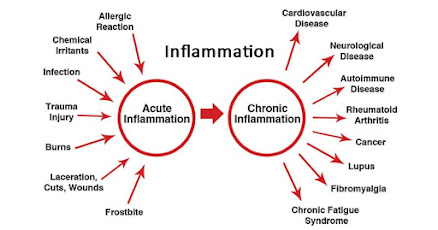Cell Injury, Cell death and Adaptations Mcqs
Cell Injury, cell death and Adaptations Mcqs
Digestion of tissue with soap formation and calcification is characteristic of: *
Liquefactive Necrosis
Coagulative Necrosis
Fat Necrosis
Fibrinoid Necrosis
What is your most probable diagnosis after reading the scenario?
Captionless Image
Hyperplasia
Atrophy
Hypertrophy
Metaplasia
A 50-year-old chronic alcoholic presents to the emergency room with 12 hours of severe abdominal pain. The pain radiates to the back and is associated with an urge to vomit. Physical examination discloses exquisite abdominal tenderness. Laboratory studies show elevated serum amylase. Which of the following morphologic changes would be expected in the peripancreatic tissue of this patient?
Coagulative Necrosis
Fat Necrosis
Liquefactive Necrosis
Fibrinoid Necrosis
Cellular adaptations are reversible changes in :
All of these
Phenotype
Metabolic Activity
Cell size/Cell number
Which of the following is a feature of Irreversible cell injury : *
Glycogen stores are depleted
Cytoplasmic sodium increase
Nuclei undergo karyorrhexis
Intracellular pH diminishes
Which of the following cellular adaptation occurs when cells have limited capacity to divide : *
Atrophy
Hypertrophy
Hyperplasia
Metaplasia
Loss of endocrine stimulation at menupause in females is an example of: *
Physiological Aplasia
Physiological Atrophy
Pathological Atrophy
Pathological Hyperplasia
A 75 year old woman with Alzheimer's disease dies of congestive heart failure. Brain Autopsy was performed at Forensic Department of Allama Iqbal Medical College/Jinnah Hospital which showed narrow gyri and wide sulci. Which of the term best describes this condition : *
Hypertrophy
Hyperplasia
Atrophy
Aplasia
BPH is an example of : *
Dysplasia
Metaplasia
Hyperplasia
Hypertrophy
Bawa g Sialkot
A condition in which bone tissue forms inside muscle or other soft tissue after an injury is called :
Hypertrophy
Atrophy
Myositis ossificans
Dysplasia
Vacuolar degeneration is microscopic feature of: *
Reversible cell injury
Irreversible cell injury
Necrosis
Calcification
A 10 year child had repeated blood transfusions for thalassemia. A liver biopsy reveals golden brown, finely granular pigment within hepatocytes on H/E stain. Which endogenous type of pigment is accumulated within the hepatocytes? *
Hemosiderin
Lipofuscin
Melanin
Bilirubin
Biliverdin
Commonest cause of cell injury is: *
Hypoxia
Chemical agents
Immunologic reactions
Infectious agents
Psammoma bodies are associated with : *
Metastatic Calcification
Dystrophic Calcification
Anthracosis
Steatosis
A 52-year-old woman loses her right kidney following an automobile accident. A CT scan of the abdomen 2 years later shows marked enlargement of the left kidney. Collection of phospholipids resembling myelin sheaths are called : *
Hydropic Change
Steatosis
Myelin Figures
Schwann cells
A 60 year old women with breast cancer and widespread bony metastases is found to have calcification in multiple tissues. The calcification is associated with hypercalcemia. Which type of calcification is this:
Metastatic Calcification
Dystrophic Calcification
Both types may be present
Can't be predicted
Which type of Necrosis will be seen in liver Abscess? *
Coagulative
Liquefactive
Fat
Fibrinoid
Myocardial Infarction and Acute tubular Necrosis of kidney are examples of:
Liquefactive Necrosis
Coagulative Necrosis
Fat Necrosis
Gangrenous Necrosis
Which of the following is/are light microscopic changes seen in cytoplasm of necrotic cell: *
Loss of basophilia
Increased eosinophilia
Moth eaten/Vacuolated
All of these
Brown atrophy is associated with : *
Lipofuscin
Hemosiderin
Melanin
All of these


Comments
Post a Comment
avoid from enter spasm link